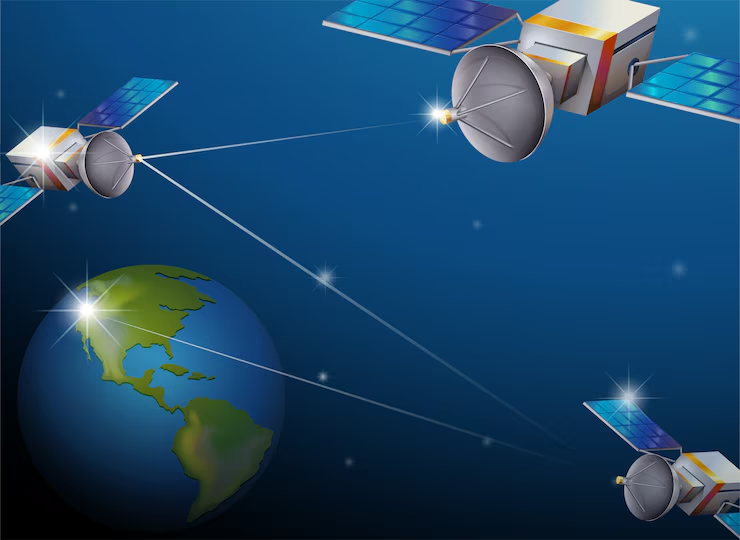
Satellite mega-constellations are large groups of satellites working together to provide various services, typically global broadband internet or telecommunications, at a lower latency and higher bandwidth than traditional satellite systems. These constellations can consist of hundreds or even thousands of satellites in low Earth orbit (LEO). Examples include SpaceX’s Starlink and OneWeb, both aiming for global internet coverage.
Here’s a more detailed look:
-
Definition:
Mega-constellations are distinguished by their large size, aiming for global coverage with low-latency and high-bandwidth services, according to Britannica.
-
Purpose:
They are designed to provide internet access to areas with limited or no terrestrial infrastructure, offering an alternative to traditional cable or fiber networks.
Examples:
- Starlink: A constellation developed by SpaceX to provide satellite internet to remote locations, with the aim of having thousands of satellites in orbit.
- OneWeb: Another LEO constellation focused on global broadband internet connectivity.
- Other constellations: Amazon Kuiper, Lynk Global are examples of other companies developing mega-constellations.
-
Benefits:
LEO satellites offer shorter signal travel times compared to geostationary satellites, resulting in lower latency and faster data transmission.
-
Concerns:
The large number of satellites in LEO raises concerns about orbital debris, collisions, and potential impacts on astronomical observations.
-
De-orbiting:Companies are developing strategies for de-orbiting satellites at the end of their operational lives to minimize debris and mitigate risks, as described by the European Space Agency.



